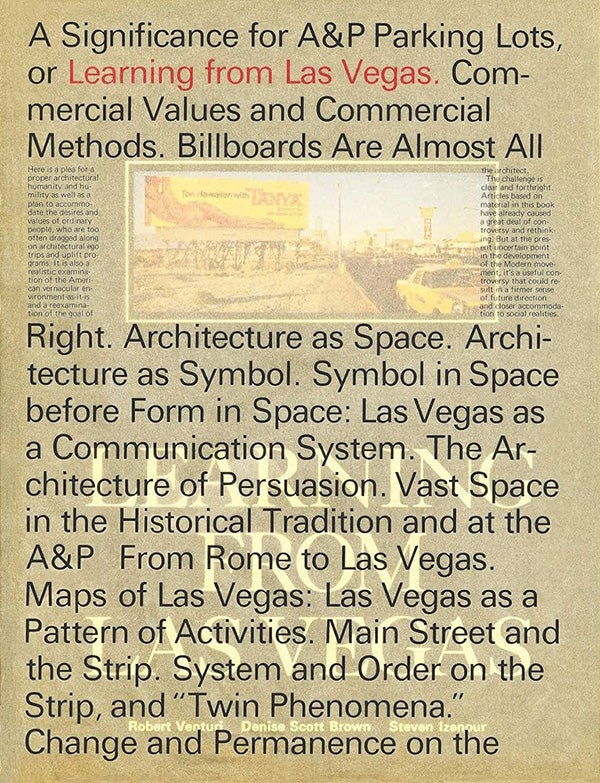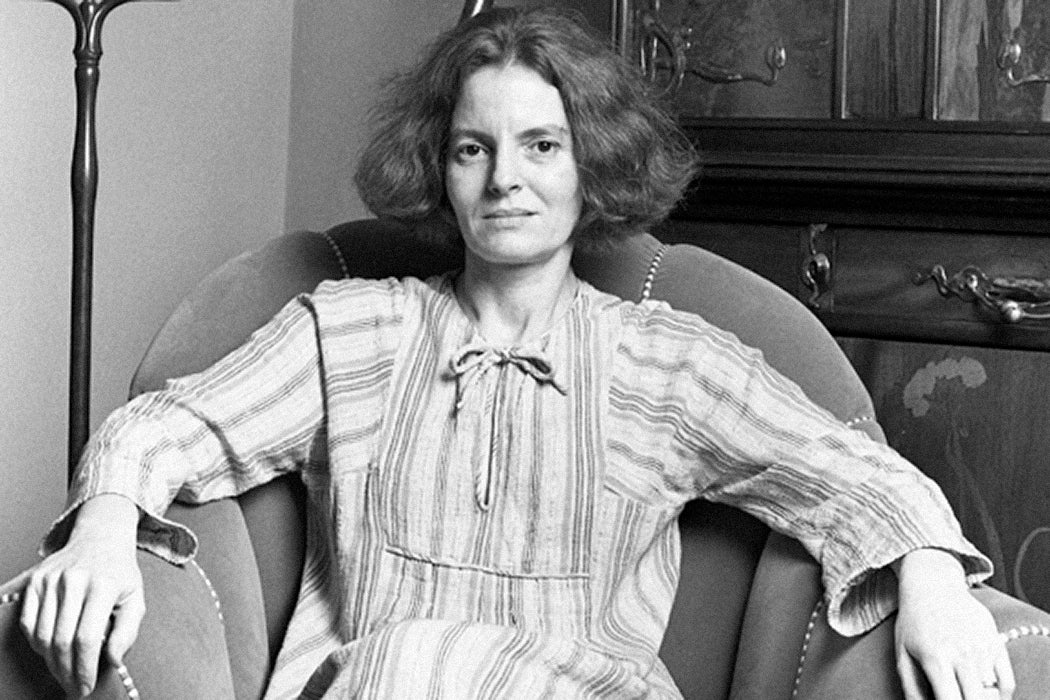In a 1997 interview, Denise Scott Brown remarked that “[i]t’s interesting to consider what would have happened had Bob and I both been men.” The “Bob” she’s referring to is Robert Venturi, her architectural partner and husband.
Recognizing the work of Denise Scott Brown is necessary for understanding American architecture in the second half of the twentieth century. Scott Brown is an architect and urban planner who wrote, spoke, taught, and designed over the course of her career, creating a lasting influence on both the built environment and future generations of architects. Yet, when we think of her, the history highlighted is often the injustices she experienced as a woman working in the architectural field. Why? Because Scott Brown actually spoke about it. She’s used her position to highlight the professional difficulties she faced because of her gender and because of her role as “the wife.”
Scott Brown was born in Nikana, Northern Rhodesia (now Zambia) in 1931. She studied architecture on three continents—Africa, Europe, and North America—before settling in Philadelphia. She’d moved there with her husband in 1958 so they could study urban planning together at The University of Pennsylvania. However, he tragically died in a car accident the following year, leaving her to complete her master’s degree solo. She finished her studies in 1960 and became a faculty member at the university that same year.
Scott Brown also met fellow faculty member Robert Venturi in 1960, during a meeting in which she argued to preserve the university library, which had been designed by Frank Furness. Scott Brown left Penn in 1965 to teach in California, but when she and Venturi married in 1967, she returned to Philadelphia to join his firm, Venturi and Rauch. She soon became the principal in charge of planning, but the fact that she and Venturi maintained both a private and professional relationship seemed to allow others to diminish her role, with some assuming Venturi was just putting her name on his work. Working with Venturi, even with the addition of her name to the firm in 1980, Scott Brown couldn’t be allowed her own architectural identity. In the 1997 interview quoted above, she notes that “[architects] Greene & Greene have an identity as two men. Hardy, Holzman and Pfeiffer seem to have an identity as three people,” and even Venturi and Rauch had their separate identities. However, that seemed an impossibility for Scott Brown.
And then there is the single, notorious point in her career where all this erasure became very public. When her partner, Robert Venturi, was awarded the Pritzker Architecture Prize in 1991, she didn’t receive equal recognition. Despite their collaborative career being noted in the announcement of Venturi’s win, the jury explained that the Pritzker could only be awarded to a single person, even though the two architects worked together (and with John Rauch before his retirement in 1987). Scott Brown refused to attend the ceremony in protest.
The “single architect” rule remained for a decade until Jacques Herzog and Pierre de Meuron were jointly awarded the Pritzker Prize in 2001. Had Scott Brown been given the honor in 1991, she would have been the first woman to receive the award. (That distinction went to Zaha Hadid in 2004.) The Pritzker decision was perhaps even more frustrating as it came just two years after Scott Brown first published her essay, “Room at the Top? Sexism and the Start System in Architecture,” in which she lays out the struggles she faced as a woman architect working collaboratively with her architect husband. In it, she addresses, among many experiences, how she was often treated as “the architect’s wife,” as opposed to one of the architects.

Today, Scott Brown is widely recognized for her contributions to the fields of architecture and urban planning. Her approach to these fields throughout her career was thoughtful, analytical, as she saw herself as “deeply involved in the debate between architects and planners, fighting arduously for both sides.” She tried “to show planners why they can’t afford to ignore architects’ aesthetic preferences, and architects why planners find them socially irresponsible.” Learning from Las Vegas, which she co-authored with Venturi and Steven Izenour, is still an essential text fifty years after its publication. Now in her nineties and retired from practice, Scott Brown remains the topic of documentaries, podcasts, books, and essays, even as she continues to write more herself.
Three Tips for Teaching:
Contexutalize Scott Brown’s Work: Read architectural historian and theorist Eve Blau’s analysis of the pedagogies of architecture during the years Scott Brown taught at Yale university.
Compare with the architectural profession today: Read architect Kathryn Anthony’s groundbreaking study, Defined by Design: The Surprising Power of Hidden Gender, Age, and Body Bias in Everyday Products and Place. See also her review of Despina Stratigakos’s book, Where Are the Women Architects?.
Study Scott Brown’s work: Look for architectural drawings and photos of buildings on JSTOR.
Support JSTOR Daily! Join our membership program on Patreon today.







